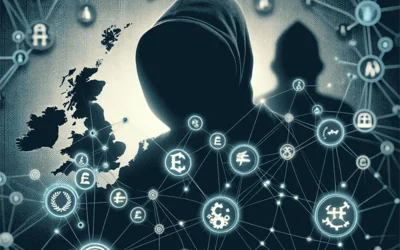Industrial espionage targets sensitive companies, in sectors like energy or technology, against a backdrop of geopolitical tensions and economic instability. Certain secret information of these organizations is particularly sought after. Industrial Espionage: the...
National Scientific and Technical Potential: How to Preserve it from Espionage?
The gathering of information related to the scientific and technological activity of a nation undermines its stability and competitiveness. Discussed at the last Five Eyes summit, protecting the scientific and technical potential of nations requires maximum...
Cybersecurity: What is a Security Certification?
Security certification for digital products and solutions is a hallmark of reliability. What does this certification entail, and how does it ensure a high level of cybersecurity? Definition of a Security Certification Security certification for computer solutions and...
How to Assess the Credibility of a Security Certification?
To prove their dependability, IT solutions may acquire a security certification. This becomes a significant advantage in the IT market, especially in an era where cybersecurity is a key concern for organizations. However, how can one ensure the credibility of a...
Cyberspace: European companies faced with international cyber espionage
Cyber espionage attacks by state or para-state entities are on the increase, targeting European companies. They mainly target organisations that are essential to a country's functioning or economy. Consequences of geopolitical instabilities An upsurge in state and...
Finance: how to prepare for the application of DORA regulations?
Complementing the NIS2 directive, the DORA (Digital Operational Resilience Act) regulation adds another layer of cybersecurity to the financial sector. To protect their assets and the economic interests of European nations, financial institutions must strengthen their...






